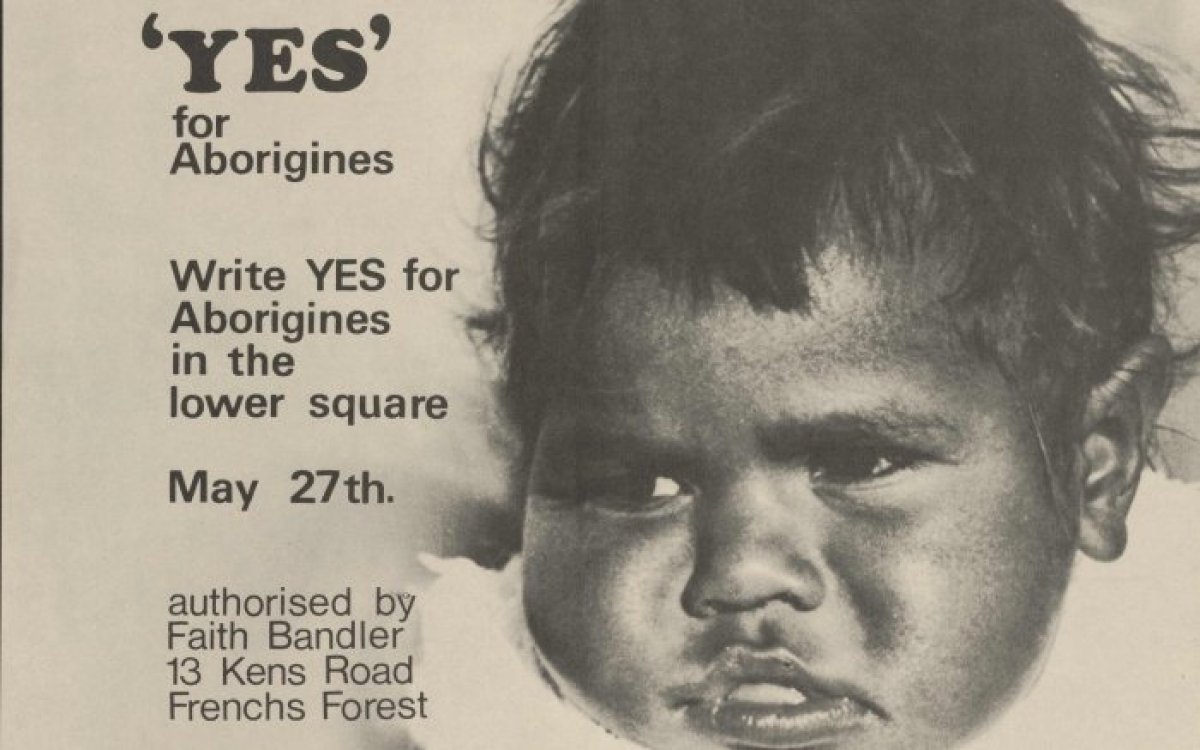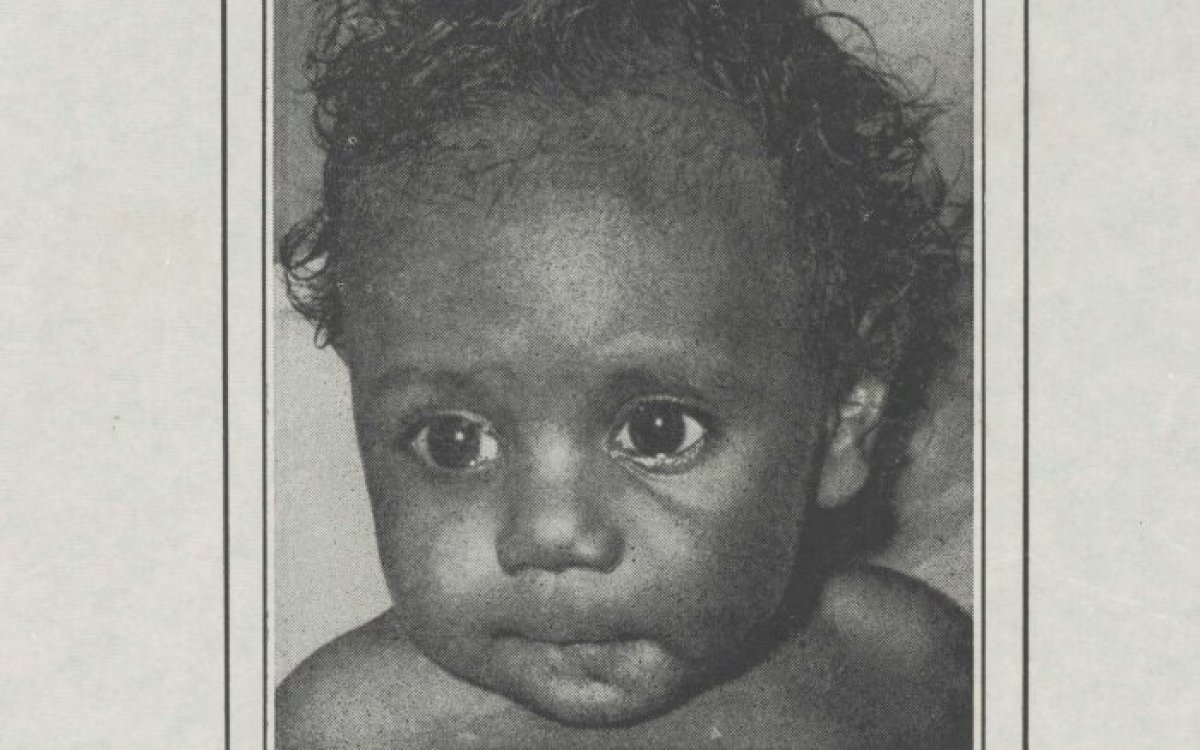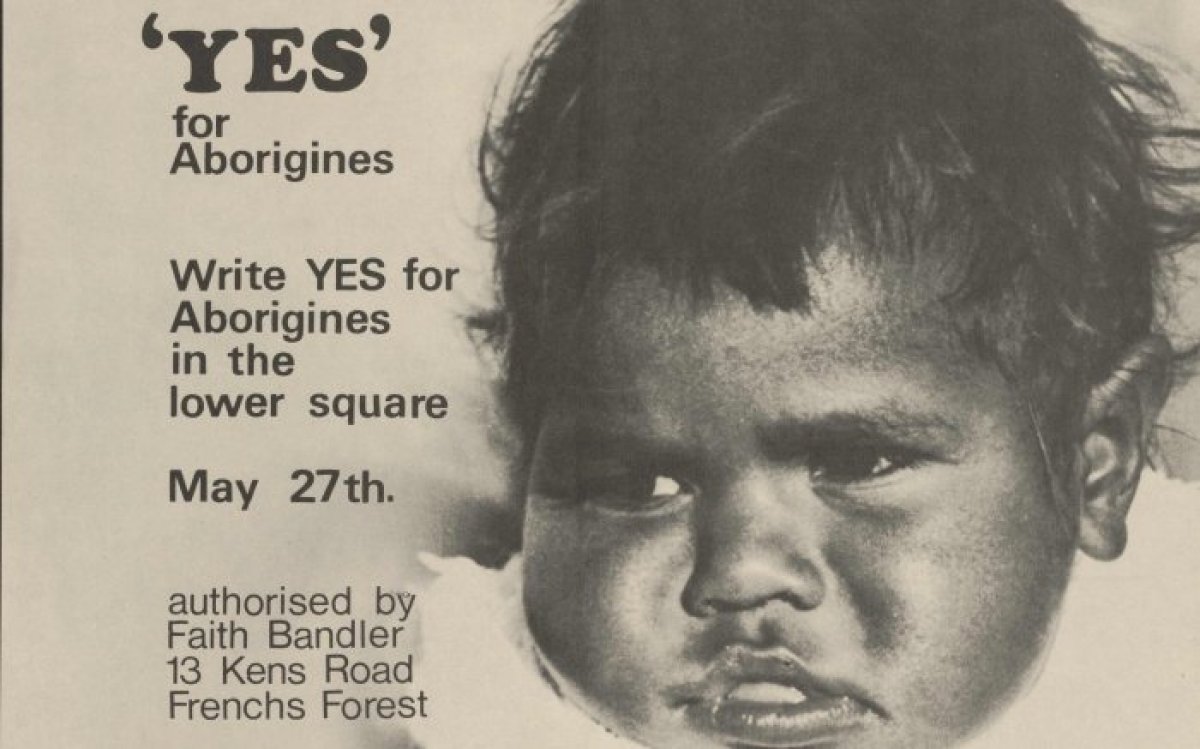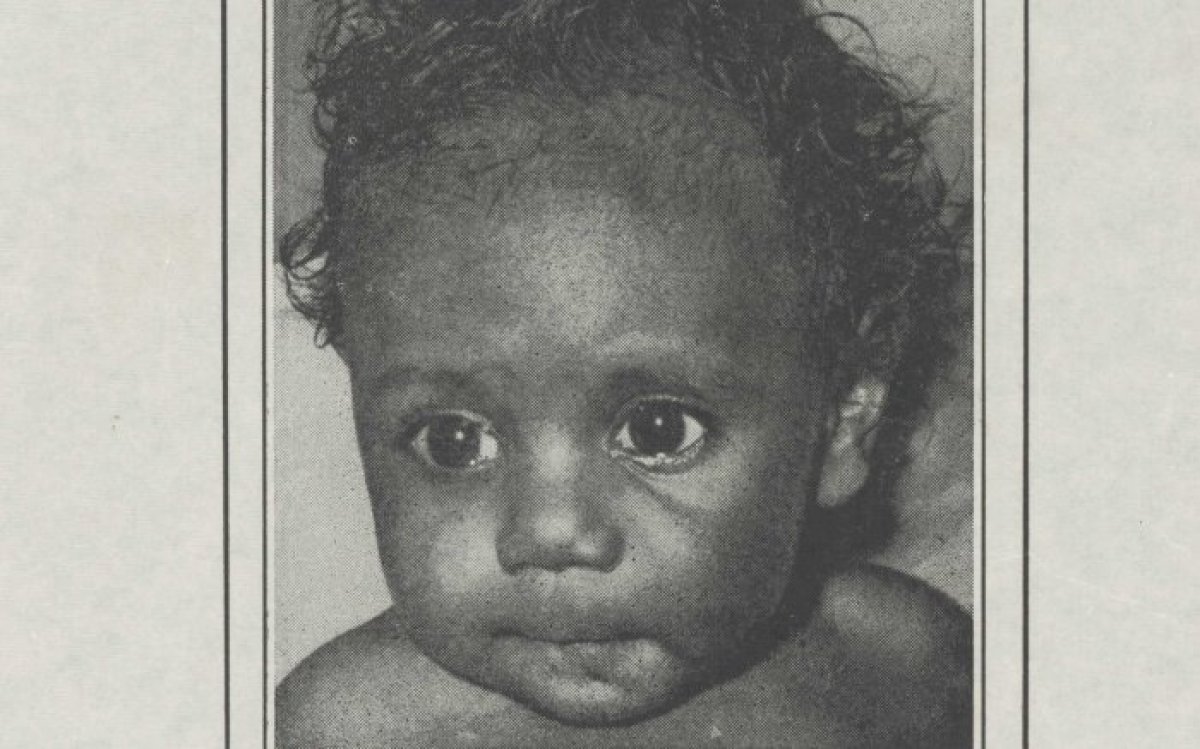These activities are designed to activate students’ prior knowledge and to develop their understanding of the key terms and concepts relating to the 1967 referendum and the Aboriginal and Torres Strait Islander civil rights movement. Additionally, these activities develop students’ understanding of cause and effect, and allow them to begin considering the cultural perspectives of the period.
Start by discussing with students the meaning of terra nullius and its possible long-term impacts on the Indigenous population long after the initial colonisation of Australia by European settlers.
Terms to define:
- federation
- constitutional monarchy
- referendum
- assimilation
- segregation
Background questions:
- What year did Federation occur in and what did it mean for Australia?
- What other countries around the world are governed by a constitutional monarchy?
- Briefly research three other countries who forced assimilation and/or segregation on a community. What were the outcomes?
- What effect do you think policies of segregation and, later, assimilation had on the Indigenous population of Australia?
Conclude by discussing with students whether there are any current debates on which Australia might need to hold a referendum. Is it always necessary to hold a referendum?


As European settlement occurred across Australia, the six different colonies (and later the state governments) passed laws and regulations concerning Aboriginal and Torres Strait Islander peoples. These laws allowed the removal of Indigenous people from their traditional lands. They permitted the forced removal of Indigenous children from their families, often resulting in children being placed in state institutions. The governments also controlled the employment of Indigenous people, prohibited them from speaking their own languages or participating in cultural practices.
This government control of Aboriginal and Torres Strait Islander peoples undermined their traditional way of life and demonstrated how white Australians devalued Indigenous culture, one of the oldest continuing cultures on earth originating more than 50,000 years ago.
When Australia became an independent nation in 1901, the new Commonwealth of Australia was established as a constitutional monarchy. Australia’s constitution was written by representatives from the six colonies (New South Wales, Victoria, Queensland, South Australia, Western Australia and Tasmania) and accepted by the people through a referendum in each colony during the 1890s. The constitution was then brought into existence by the Commonwealth of Australia Constitution Act through a British Act of Parliament. This allowed the colonies to form their own Commonwealth Government in accordance with the constitution.
The Australian constitution can only be changed with the support and approval of the Australian people. Any proposed changes must be approved by the Federal Parliament and then put to the Australian voters in a referendum. Since Federation in 1901, 19 referendums have been proposed, seeking 44 changes to the constitution. Of those, only eight changes have been passed.
Australia’s 1901 constitution included two references to Aboriginal people (see bolded words):
Section 51
The Parliament shall, subject to this Constitution, have power to make laws for the peace, order, and good government of the Commonwealth with respect to:
Clause xxvi—The people of any race, other than the aboriginal race in any State, for whom it is deemed necessary to make special law.
Section 127
In reckoning the numbers of the people of the Commonwealth, or of a State or other part of the Commonwealth, aboriginal natives shall not be counted.
The 1967 referendum sought to omit the words ‘other than the aboriginal race in any State’ in clause xxvi of section 51 and to remove section 127 from the constitution. These changes meant the constitution would no longer distinguish between Aboriginal and non-Aboriginal Australians and give Aboriginal people equal standing under the law. The revisions would mean that, for the first time, Aboriginal and Torres Strait Islander peoples were full citizens of their own country.
The referendum question put to voters in 1967 was:
DO YOU APPROVE the proposed law for the alteration of the Constitution entitled—'An Act to alter the Constitution so as to omit certain words relating to the People of the Aboriginal Race in any State and so that Aboriginals are to be counted in reckoning the Population'?
The 1967 referendum is often seen as a turning point in Indigenous and white Australian relations. It marks an historic moment in Australian history by granting the Commonwealth responsibility for Aboriginal affairs and by granting citizenship rights to the first Australians. It was the first step towards acknowledging the injustices done to the Indigenous population of Australia since European settlement.
On 27 May 1967, after 10 years of campaigning, more than 90 per cent of the Australian electorate voted ‘yes’ on what became known as the ‘Aboriginal question’, leading to the changes in the Australian constitution.
As European settlement occurred across Australia, the six different colonies (and later the state governments) passed laws and regulations concerning Aboriginal and Torres Strait Islander peoples. These laws allowed the removal of Indigenous people from their traditional lands. They permitted the forced removal of Indigenous children from their families, often resulting in children being placed in state institutions. The governments also controlled the employment of Indigenous people, prohibited them from speaking their own languages or participating in cultural practices.
This government control of Aboriginal and Torres Strait Islander peoples undermined their traditional way of life and demonstrated how white Australians devalued Indigenous culture, one of the oldest continuing cultures on earth originating more than 50,000 years ago.
When Australia became an independent nation in 1901, the new Commonwealth of Australia was established as a constitutional monarchy. Australia’s constitution was written by representatives from the six colonies (New South Wales, Victoria, Queensland, South Australia, Western Australia and Tasmania) and accepted by the people through a referendum in each colony during the 1890s. The constitution was then brought into existence by the Commonwealth of Australia Constitution Act through a British Act of Parliament. This allowed the colonies to form their own Commonwealth Government in accordance with the constitution.
The Australian constitution can only be changed with the support and approval of the Australian people. Any proposed changes must be approved by the Federal Parliament and then put to the Australian voters in a referendum. Since Federation in 1901, 19 referendums have been proposed, seeking 44 changes to the constitution. Of those, only eight changes have been passed.
Australia’s 1901 constitution included two references to Aboriginal people (see bolded words):
Section 51
The Parliament shall, subject to this Constitution, have power to make laws for the peace, order, and good government of the Commonwealth with respect to:
Clause xxvi—The people of any race, other than the aboriginal race in any State, for whom it is deemed necessary to make special law.
Section 127
In reckoning the numbers of the people of the Commonwealth, or of a State or other part of the Commonwealth, aboriginal natives shall not be counted.
The 1967 referendum sought to omit the words ‘other than the aboriginal race in any State’ in clause xxvi of section 51 and to remove section 127 from the constitution. These changes meant the constitution would no longer distinguish between Aboriginal and non-Aboriginal Australians and give Aboriginal people equal standing under the law. The revisions would mean that, for the first time, Aboriginal and Torres Strait Islander peoples were full citizens of their own country.
The referendum question put to voters in 1967 was:
DO YOU APPROVE the proposed law for the alteration of the Constitution entitled—'An Act to alter the Constitution so as to omit certain words relating to the People of the Aboriginal Race in any State and so that Aboriginals are to be counted in reckoning the Population'?
The 1967 referendum is often seen as a turning point in Indigenous and white Australian relations. It marks an historic moment in Australian history by granting the Commonwealth responsibility for Aboriginal affairs and by granting citizenship rights to the first Australians. It was the first step towards acknowledging the injustices done to the Indigenous population of Australia since European settlement.
On 27 May 1967, after 10 years of campaigning, more than 90 per cent of the Australian electorate voted ‘yes’ on what became known as the ‘Aboriginal question’, leading to the changes in the Australian constitution.
The Federal Council of the Advancement of Aborigines and Torres Strait Islanders (FCAATSI) led a campaign for the 1967 referendum based on an emotional appeal. They simplified the message to ‘Vote Yes’ and emphasised rights and equality for Indigenous people. The campaign received significant support from unions, churches and the Labor party. Nobody presented a national case for a ‘no’ vote.
For further background information about the 1967 referendum poster ‘Yes’ for Aborigines read this article from The Sydney Morning Herald about the child who was featured on the poster.
-
Discuss with students the significance of the photograph being taken by a Czechoslovakian Jew.
Analyse the poster ‘Yes’ for Aborigines: Write YES for Aborigines in the lower square May 27th to see what it reveals about the campaign for the 1967 referendum.
-
Is this image a primary or secondary source? Explain the reason for your answer.
-
What obvious information does this poster tell you about the 1967 referendum?
-
Why do you think the image of an infant was used on the poster?
-
What mood/emotion does the poster try to convey?
-
What effect might the image on this poster have had on the Indigenous population?
Have students imagine that the referendum is being held today. Then, using Trove, ask students to research and create their own referendum poster. Have them choose relevant images, words and colours that would influence the Australian population to vote ‘Yes’ on the ballot.
Keeping in mind that students are imagining that the referendum is being held today:
-
research an effective composition and use of colour for the poster
-
choose words that reflect a poster of today
-
demonstrate your research process by explaining your choice of images, words, colour etc. Provide examples of other posters, documents, newspapers, maps, people and photographs that influenced your decisions, and explain why you did or did not choose to use elements from these examples.
-
create a reference list for each source that you consulted in developing your poster.

